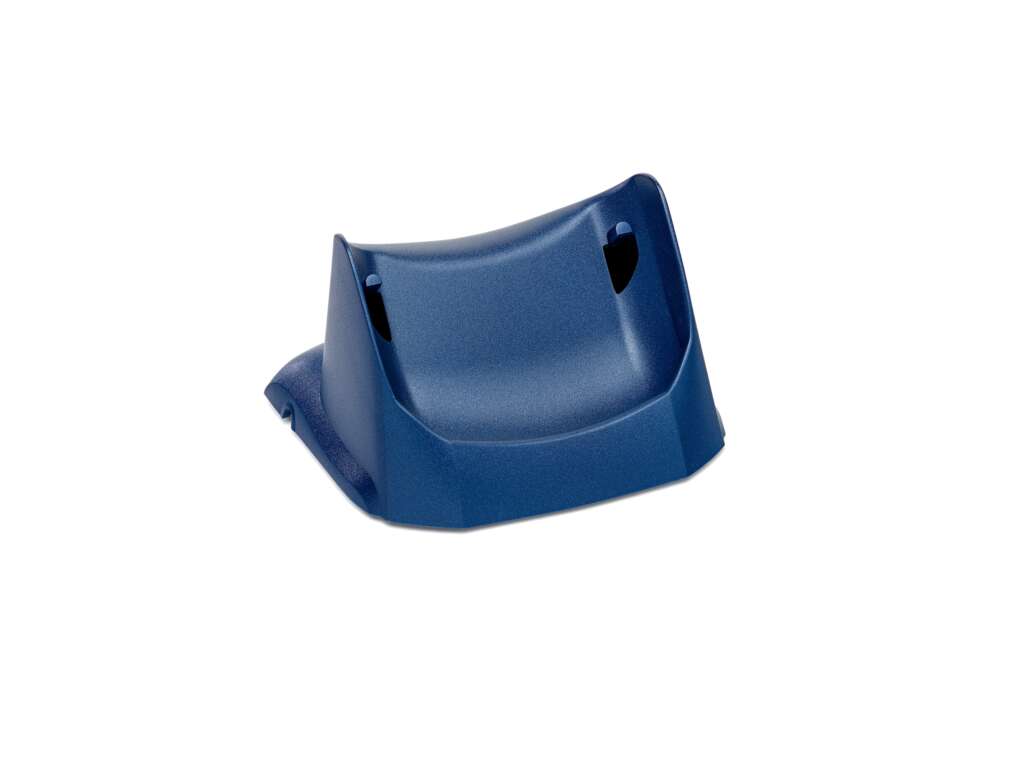
By 2050, it's projected that 1.5 billion people worldwide will be 65 or older, significantly increasing the demand for medical devices. In fact, the global outsourced medical device manufacturing market is expected go grow by 14% annually in the coming years.
As we have covered in the past, wearable devices are at the forefront of this fast-changing healthcare landscape. As of 2024, approximately 170 million Americans—about half of the US population—believed to be using wearable devices, driving unprecedented demand for precision components.
To meet this growing demand, manufacturers are increasingly opting for plastic injection molding, enabling them to produce high-quality, precision components and devices at scale with consistency, efficiency, and cost-effectiveness. What they’ve discovered is that the process reduces per-unit costs in large runs while ensuring high-quality products that meet strict industry standards.
The versatility of plastic injection molding also allows for intricate designs that securely house and protect complex circuit boards and sensitive medical equipment, maintaining their functionality and durability.
In this blog post, we’ll take a closer look at how plastic injection molding is impacting the medical manufacturing landscape, and how it can enable you to scale your production.
Plastic injection molding is a manufacturing process that involves melting plastic resin pellets and injecting the resulting molten material into a pre-made mold to create precisely shaped parts.

The plastic injection molding process typically involves the following steps:
Plastic injection molding's ability to produce high-precision, high-volume components while meeting strict FDA and industry standards has made it an essential process for a wide range of medical applications and manufacturing, including:
When it comes to producing medical components and devices, plastic injection molding offers numerous advantages.
Here are some of the key benefits of plastic injection molding for medical manufacturing:
Many manufacturers have leveraged the benefits of plastic injection molding to boost product quality and scale production.
Here are some strategic steps our clients typically take to transition to plastic injection molding:
Designing for manufacturability: The shift from prototyping to mass production requires careful planning. Integrating manufacturing considerations into your design process from the outset can significantly enhance production efficiency and ensure you are set up for long-term success.
Begin by refining your product design to ensure it is optimized for large-scale manufacturing. A well-designed part is fundamental to achieving optimal production outcomes. Selecting the right materials, for instance, is crucial, as you should be aiming for a balance between cost and performance. Additionally, you will have to invest in durable tooling that can withstand repeated use, and establish robust quality control measures to maintain consistency across production runs.
Additional design factors to consider include:
Collaborating with an experienced partner like Kingstec can help identify potential design issues early, ensuring alignment with industry best practices.
Optimizing mold design for efficiency: Mold design is a critical factor in enhancing both productivity and part quality in the manufacturing process. By strategically optimizing the gating system and runner layout, manufacturers can significantly reduce cycle times and minimize material waste. A well-designed gating system ensures that the mold cavity fills smoothly, while an efficient runner layout promotes better flow characteristics.
Effective cooling channels are another essential component in maintaining part quality and controlling temperature, which helps prevent warpage and ensures dimensional stability. Additionally, incorporating features like ejector pins facilitates quick and smooth part ejection, further streamlining the production process.
Automating the production process: As we have recently written about, automation can play a vital role in enhancing efficiency and reducing costs.
By streamlining workflows to minimize material waste and setup times, manufacturers can achieve significant savings. Implementing robotics for repetitive tasks – or working with plastics manufacturing experts like Kingstec, who provide access to world-class manufacturers and facilities – not only improves consistency and quality but also lowers labor costs and mitigates the risk of human error.
Furthermore, automated quality control processes ensure compliance with stringent standards without the need for extensive manual inspections, allowing skilled workers to concentrate on more complex and value-added tasks.
Work with a plastic injection molding partner: Partnering with a knowledgeable plastic injection molding provider, such as Kingstec, offers substantial advantages for manufacturers. With in-house mold design and advanced manufacturing capabilities, Kingstec efficiently manages complex, high-volume production.
Access to state-of-the-art equipment and specialized processes, including double injection and insert molding, enables rapid turnaround times and high-quality output.
By leveraging Kingstec's facilities, partner network, and expertise, manufacturers can effectively scale their production while ensuring compliance with industry standards. This collaboration not only enhances operational efficiency but also drives superior quality in plastic injection molding processes.
With over 40 years of experience, Kingstec offers comprehensive plastic injection molding services and support that can take your project from concept to market.
Kingstec's expertise in plastic injection molding for medical components includes:
Contact Kingstec for a free consultation.